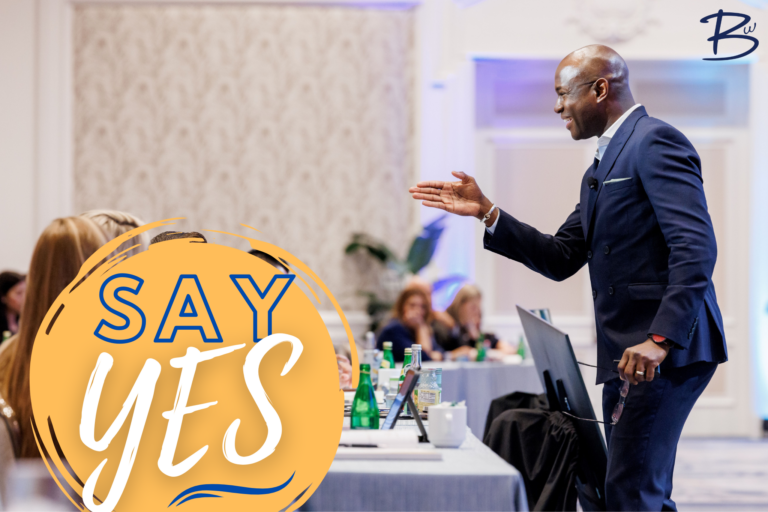
Are You a Fountain or Drain?
Fountains give nourishment. Drains take it away. Am I a fountain or a drain? That is the essential question that each of us should ponder
Share this post:
When I was hired over a decade ago to join a hotel, the general manager told me that if in 6-months the team was not better as a result of me being hired, then I’ve failed. Wow, what pressure! He explained that, just like on a sports team, the primary purpose of bringing in new players is not to take up space on the roster, but rather to help the team win more games. At that moment, I realized that he was not just looking for another “warm body”. I could tell that this would be a different place to work. This would be a place that valued my contributions as a person, and one that let me know that my work ethic and dedication would DIRECTLY influence the success of the team. If you’re wondering what the job was…it was as a busboy in the hotel’s restaurant.
Surely, such high expectations are usually reserved for managers and senior leaders. Why would the general manager place such high expectations on an employee who cleans tables and brings bread to the table? Simply put, the general manager’s vision was to have a world-class team, and world-class teams have world-class employees…in every role. Even if I was mopping the floor, I had to be world-class.
The focus of this article is on the on-boarding experience for new employees. The on-boarding experience includes the recruitment phase, hiring phase, orientation phase, and department training phase. Each phase should reflect your team’s commitment to excellence and affirm the important role that the employee will play in achieving the team’s goals. The best way to get a team of world-class employees is to set the expectation very high from the onset. So what should be done in each phase?
With an effective on-boarding experience, your new employees will be excited that they’ve finally found a company that cherishes excellence. Your commitment to hiring the best will also re-engage your existing employees. They will be happy with your commitment to only hire and orient the best applicants. Whether you are hiring a busboy or a general manager, set your expectations high and excellence is sure to follow.

Fountains give nourishment. Drains take it away. Am I a fountain or a drain? That is the essential question that each of us should ponder

Yes. Three letters. Small, but mighty. There is so much that is written about boundaries and saying “no.” Make no mistake, boundaries are essential. They